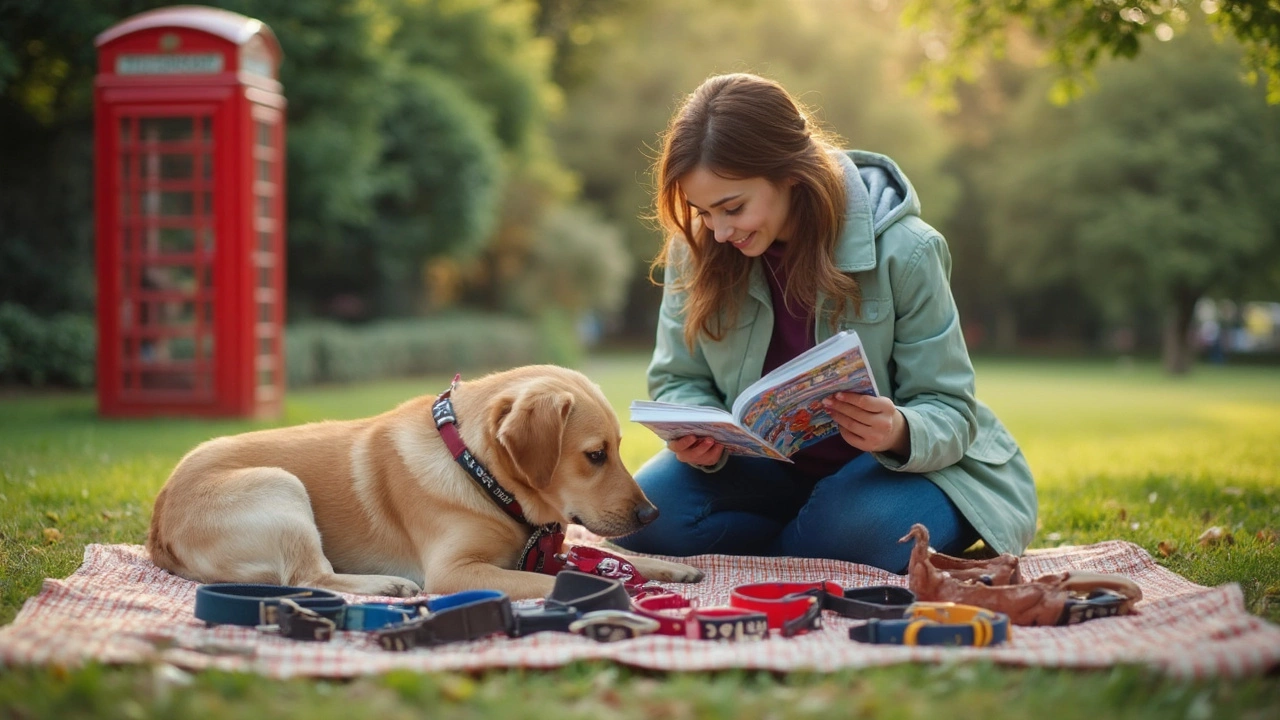Best Dog Collar Picks for 2025 – What to Look For and Why It Matters
If you’re scrolling through endless collars, you’ve probably felt overwhelmed. The good news? Picking the right one isn’t rocket science. It comes down to three things: safety, comfort, and purpose. Below you’ll get a quick rundown of the most popular styles, how to size them, and a few budget‑friendly tips.
3 Main Collar Types and When to Use Them
Flat collars are the classic nylon or leather strips with a buckle or quick‑release snap. They’re perfect for everyday walks, ID tags, and light‑pull dogs. Look for a padded inner layer if your pup has a soft neck.
Martingale collars tighten slightly when a dog pulls, but they won’t choke. They’re ideal for breeds with necks that are wider than their heads (like Greyhounds). Choose a width that’s about a quarter of your dog’s chest measurement.
Training collars include vibration, static, or remote‑triggered models. Most reputable trainers recommend these only for stubborn pullers and only after basic obedience is in place. The key is low‑intensity settings and a firm, consistent cue.
How to Size and Fit a Collar Properly
Measure around the base of your dog’s neck, then add two fingers’ width. The collar should be snug enough that it won’t slip off, but loose enough to slide two fingers underneath. If you hear a rattling metal piece when you tug gently, it’s too loose.
Breakaway collars are a must for dogs that stay unsupervised in kennels or doggy day‑care. These snap under pressure, preventing choking accidents. Look for a safety release that still holds during a normal walk.
Materials matter too. Nylon is lightweight and washes well, leather ages nicely and feels sturdy, while neoprene adds extra padding for sensitive pups. Avoid cheap plastic buckles—they break easily and can irritate the skin.
Now that you know the basics, here are a few top‑rated models to consider:
- Blue-Patina Leather Flat Collar – durable, holds tags securely, and softens with use.
- Ruffwear Martingale – quick‑release, reflective strip for night walks, great for active breeds.
- PetSafe Vibration Training Collar – low‑level buzz, customizable tones, works for medium‑sized dogs.
- Buddy & Bella Breakaway Collar – snap‑quick release, bright colors, ideal for puppies.
All of these can be found online or in local pet shops. If you’re already buying treats from Galloway Gourmet Dog Treats, ask the staff if they carry any of these collars – many stores partner with treat brands to give you a one‑stop shop.
Maintenance is easy: wipe nylon with a damp cloth, leather with a conditioner, and metal buckles with a dry rag. Replace any collar that shows fraying, rust, or a broken buckle.
Finally, set a budget. You don’t need a $200 collar for a casual walker; a solid $20‑$30 flat or martingale will last years with proper care. Training collars can run $30‑$80, but you’ll save money by choosing a model with interchangeable batteries.
By focusing on safety, fit, and the right style for your dog’s habits, you’ll find a collar that feels right and lasts. Happy walking!

Best Type of Collar for a Dog: How to Choose Right
Picking the right collar for your dog isn't just about looks—it's about safety, comfort, and control. This article breaks down different collar types and explains what works best for different dogs. You'll find tips based on real dog behavior and practical advice for every lifestyle. From daily walks to training sessions, the right collar can make all the difference. Get answers to common questions and learn what actually matters when shopping for your pup’s collar.
View more